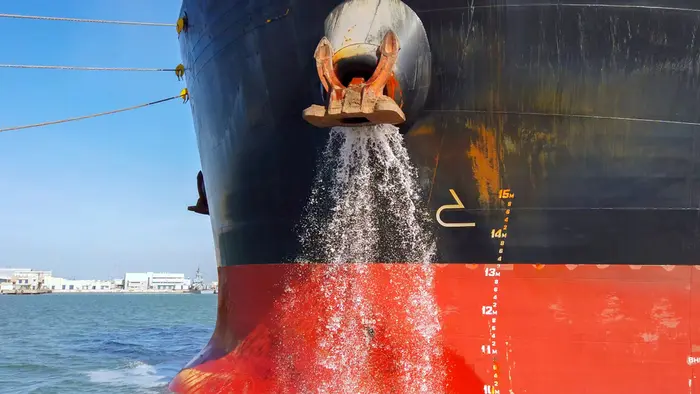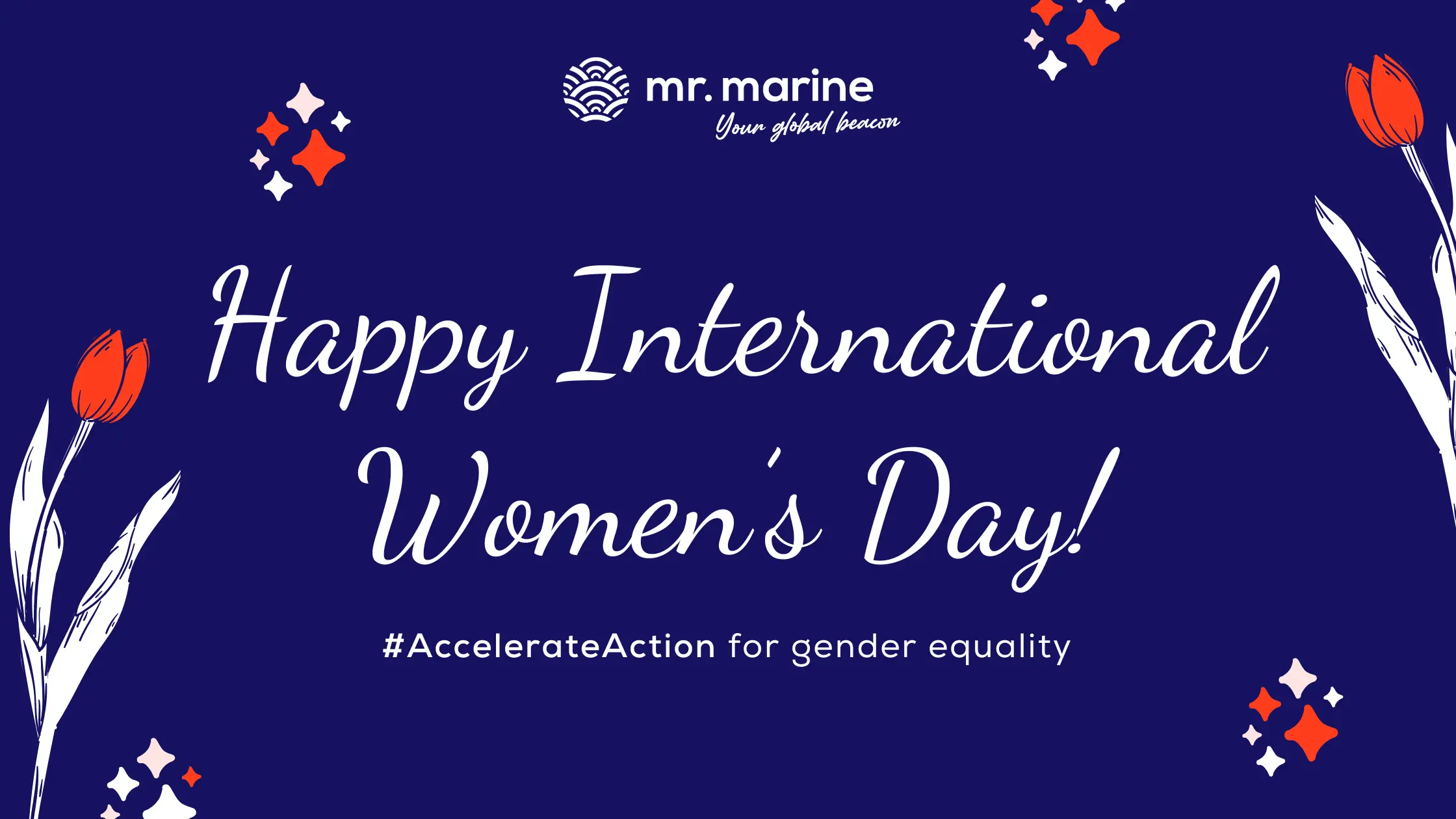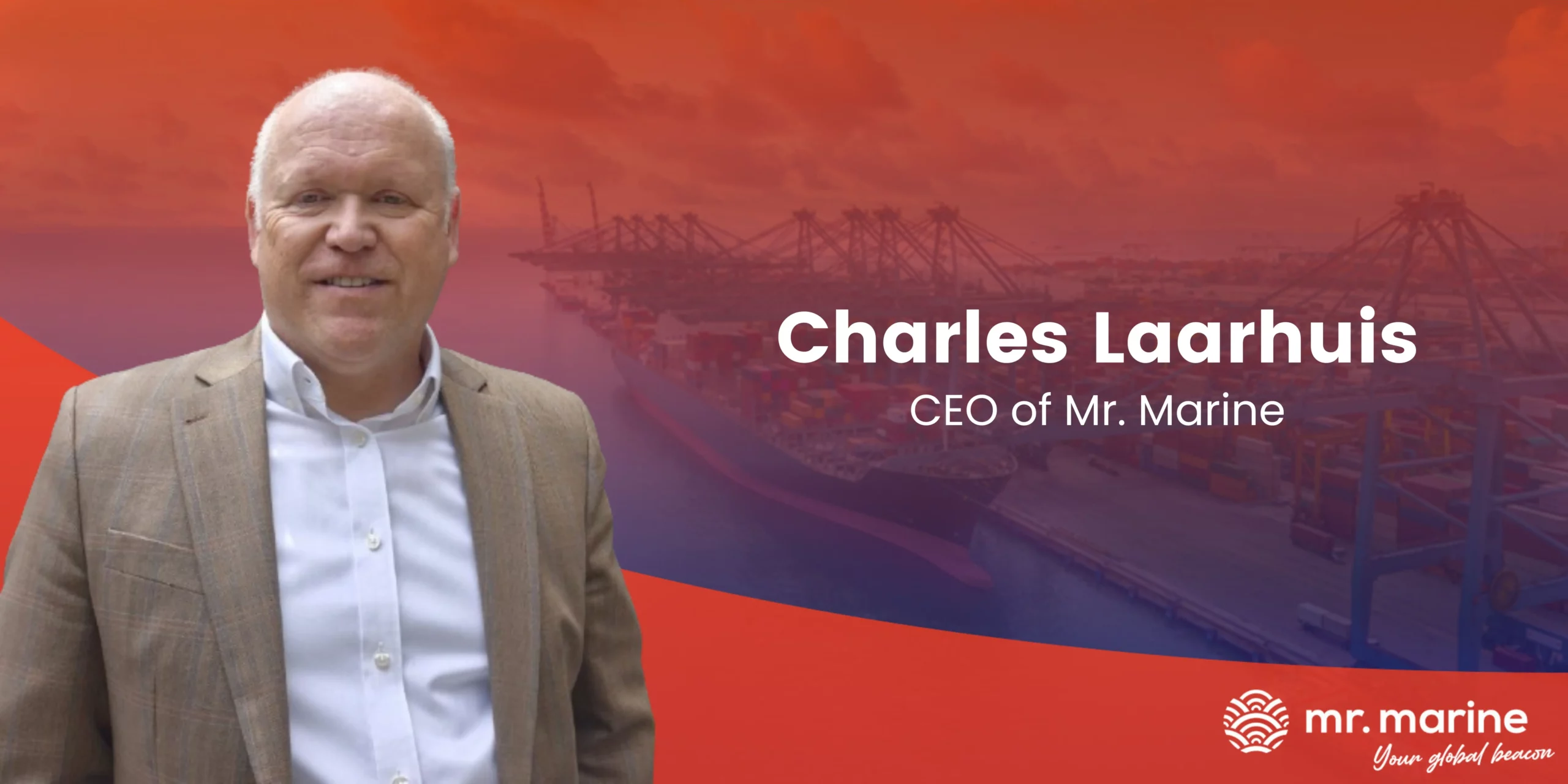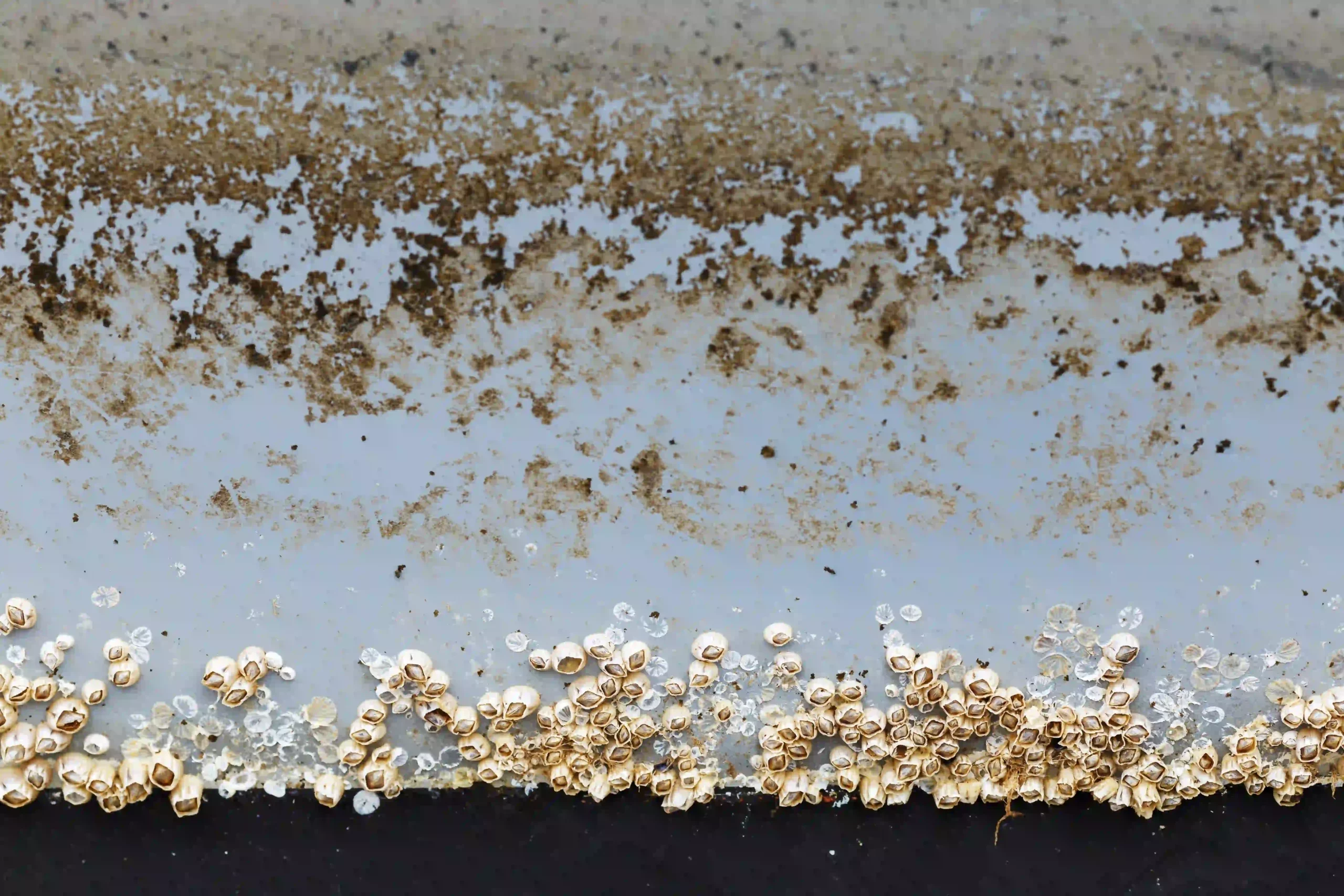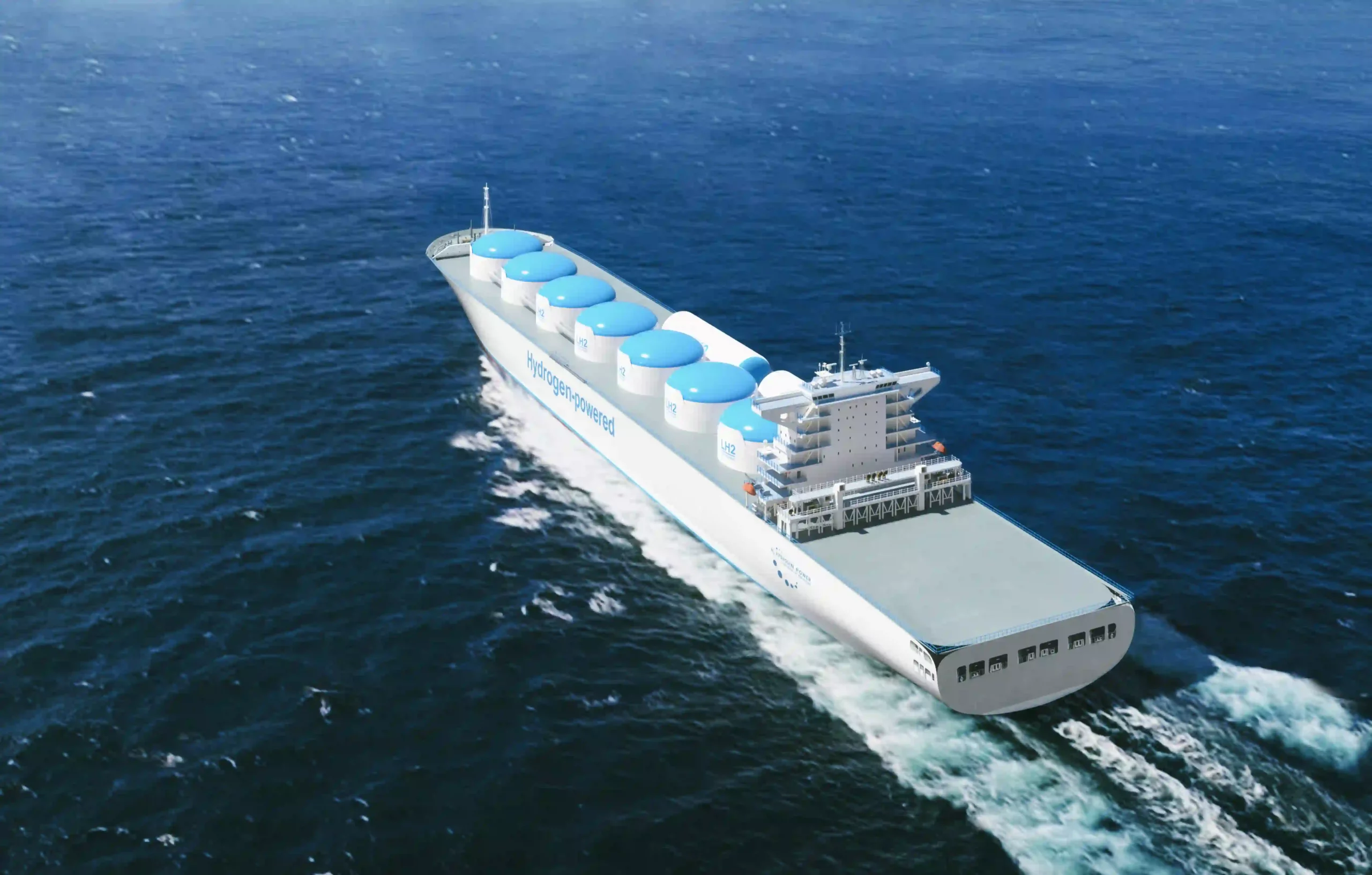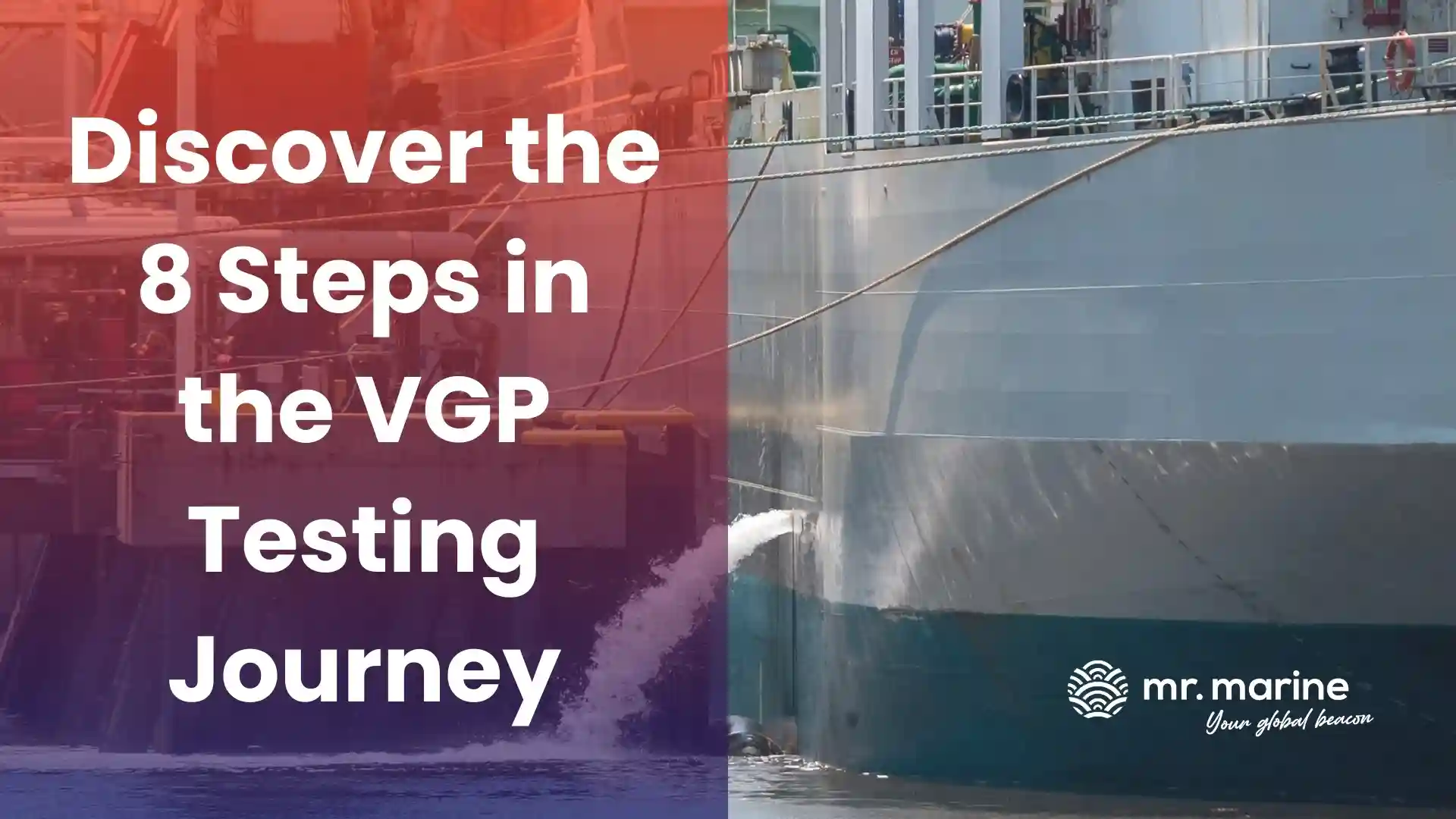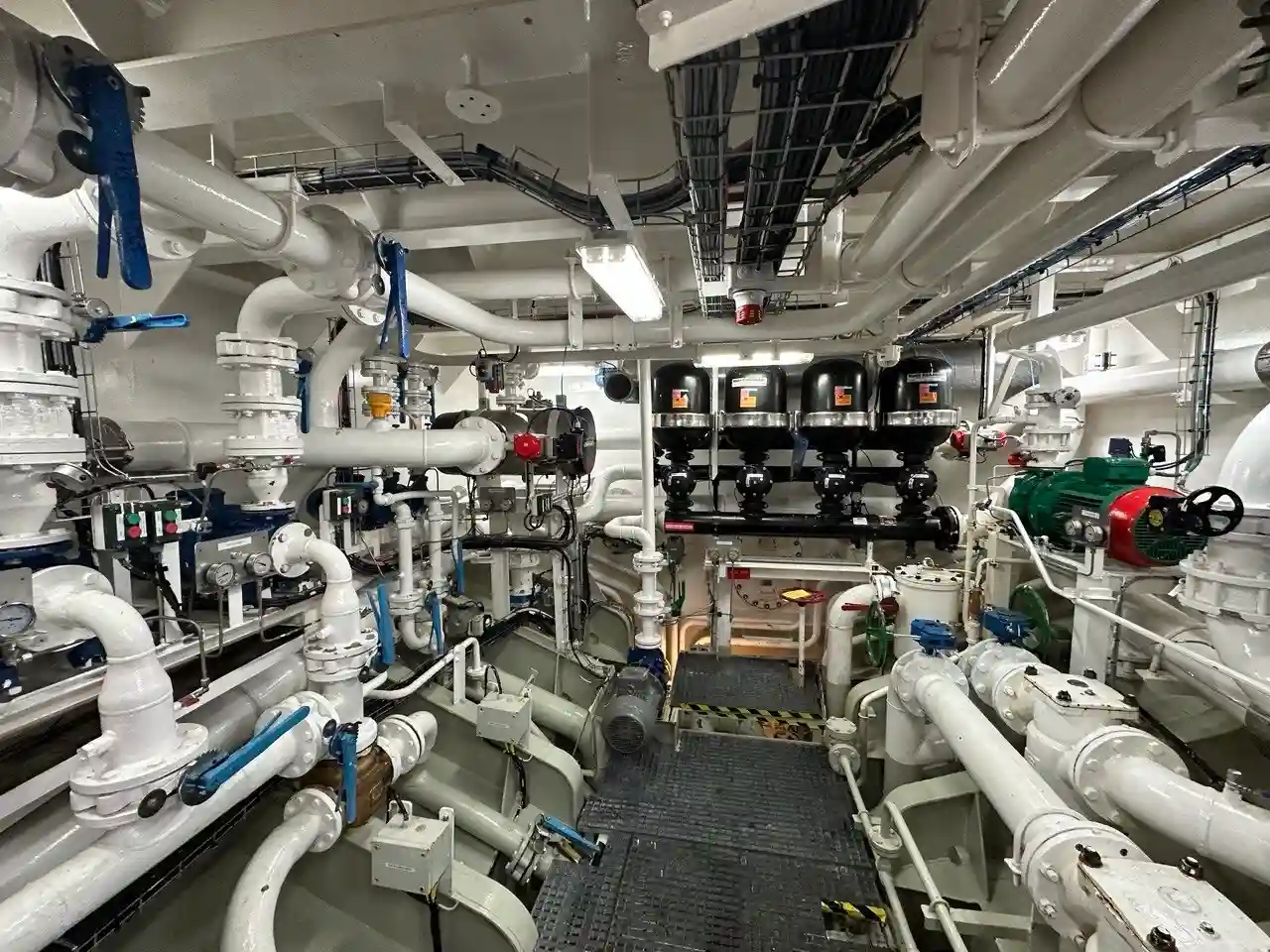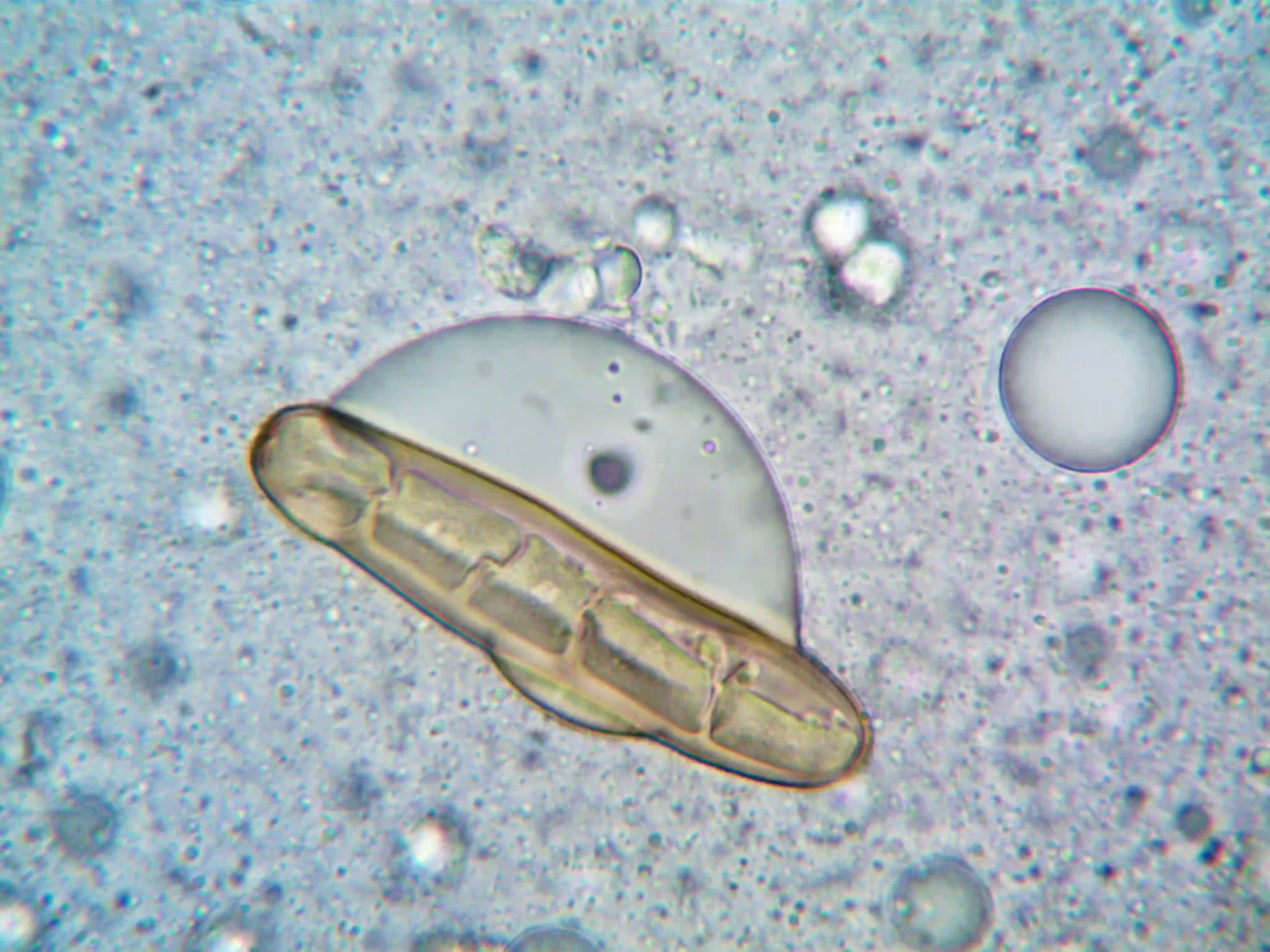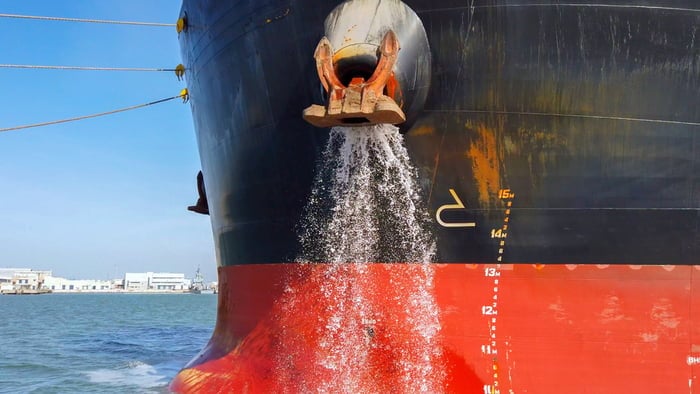What is TRO? What is the TRO discharge limit? Why is it important? This blog post will answer your most frequent questions about TRO. So, let’s dive into this theme to understand the effects of TRO on Ballast Water Management!
1. What does TRO in BWTS stand for?
TRO stands for Total Residual Oxidants. The TRO sensor measures the amount of free chlorine or chlorine compounds present in the ballast water after it has been treated by the Ballast Water Treatment System (BWTS). The TRO sensor is used to evaluate the efficiency of the treatment process and to ensure that it meets the standards set by the International Maritime Organization (IMO) and VGP (Vessel General Permit) for ballast water discharge. TRO levels are measured in milligrams per litre (mg/L) of chlorine as Cl2.
2. What is the limit of TRO in the ballast water discharge?
The limit of TRO for ballast water discharge is the maximum amount of free chlorine or chlorine compounds present in the water after treatment. IMO has established a limit of TRO less than 0.1 mg/l of Cl2. These limits are put in place to ensure that the treatment process effectively kills harmful organisms and pathogens in the ballast water while protecting the marine environment. BWTS manufacturers must comply with these limits, and ship owners must ensure that the TRO levels in their ballast water meet the standard before discharge into the sea.
3. Why is the TRO sensor important?
The TRO sensor is important because it measures the effectiveness of the treatment process within chemical based BWTS installations. Ballast water is taken on board by ships to maintain stability and trim. Unfortunately, this water can contain harmful aquatic organisms and pathogens that can harm the marine environment. To prevent the spread of these organisms and pathogens, ships must treat their ballast water before discharge.
The TRO level indicates how effective the treatment has been in killing harmful organisms and pathogens. If the TRO is operating out of the permitted tolerance levels, it may indicate that the treatment has not been effective. The result could mean that the ballast water may still contain harmful organisms or there is too much chlorine Cl2 in the ballast water.
4. What is TRO calibration?
TRO calibration refers to the process of adjusting and verifying the accuracy of a TRO sensor or meter in a BWTS. TRO calibration aims to ensure that the sensor or meter measures the correct level of TRO in the ballast water and that the readings are accurate and reliably reflect the type-approved specification.
Calibration of the TRO sensor or meter is done by comparing its readings with a standard solution of known TRO concentration to adjust any discrepancies that may exist. The manufacturer or supplier of the sensor or meter usually provides this standard solution.
TRO Calibration is an essential step in the maintenance and operation of a BWTS, as it ensures that the system is working correctly and that the ballast water is being treated to the standards of IMO and VGP. Calibration should be done regularly, according to the manufacturer’s recommendations or BWTS regulations, and the results should be recorded as part of the ballast water management plan.
5. How can I arrange the TRO calibration service?
TRO calibration is a critical step in ensuring the accuracy of the treatment process, so it is important to ensure that the calibration is done by trained personnel using appropriate equipment and procedures. Mr. Marine Ballast is your trusted partner for TRO and complete system calibration services for many leading brands. We ensure your BWTS complies with both IMO regulations and VGP regulations.
Contact our team for additional information.
References:
EPA. (2013). Vessel general permit for discharges incidental to the normal
operation of vessels (VGP). https://www3.epa.gov/npdes/pubs/vgp_permit2013.pdf
GESAMP. (2016). Planning of GESAMP activities: Review of applications for ‘active substances’ to be used in ballast water management systems. http://www.gesamp.org/site/assets/files/1327/43-4-1-en.pdf
IMO. (2017). International Convention for the Control and Management of Ships’ Ballast Water and Sediments (BWM). https://www.imo.org/en/About/Conventions/Pages/International-Convention-for-the-Control-and-Management-of-Ships%27-Ballast-Water-and-Sediments-(BWM).aspx


